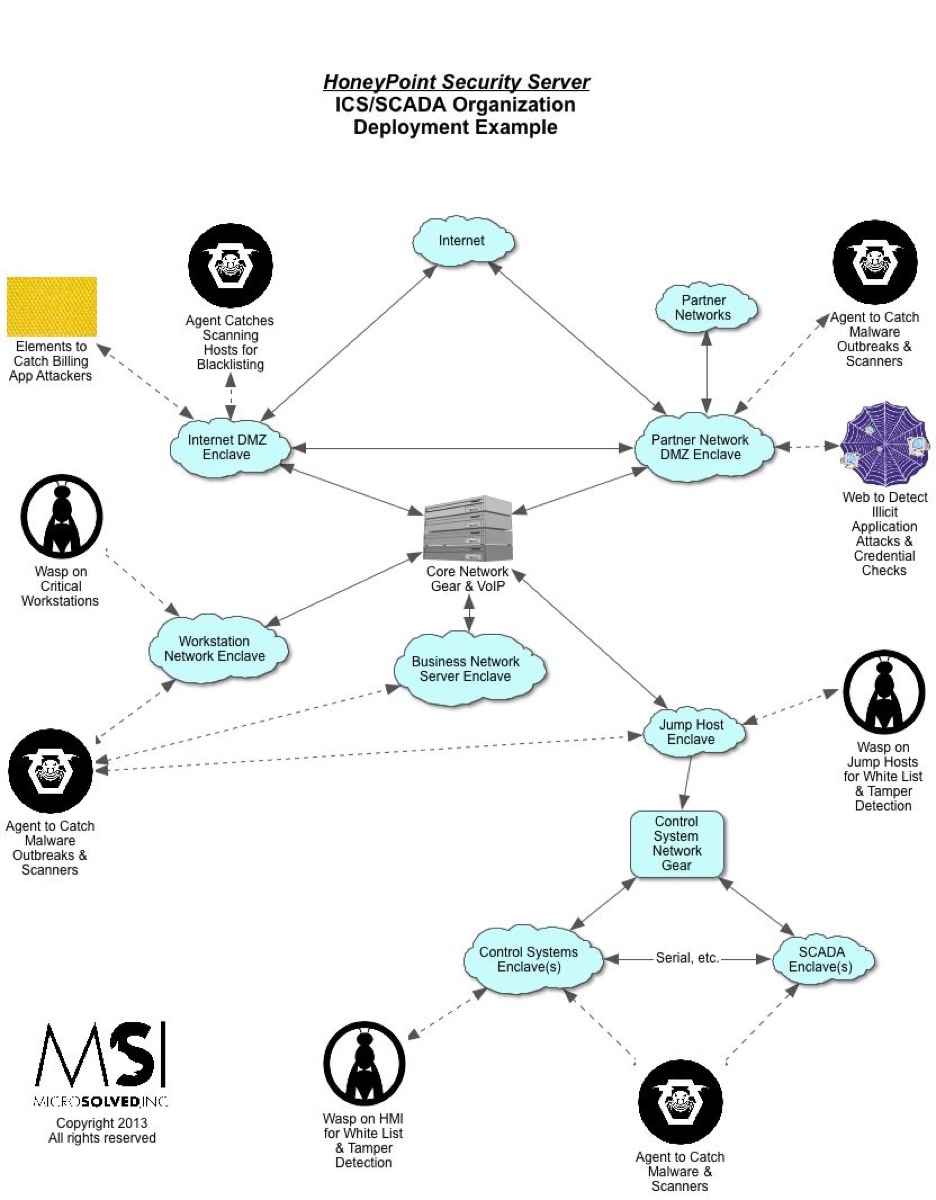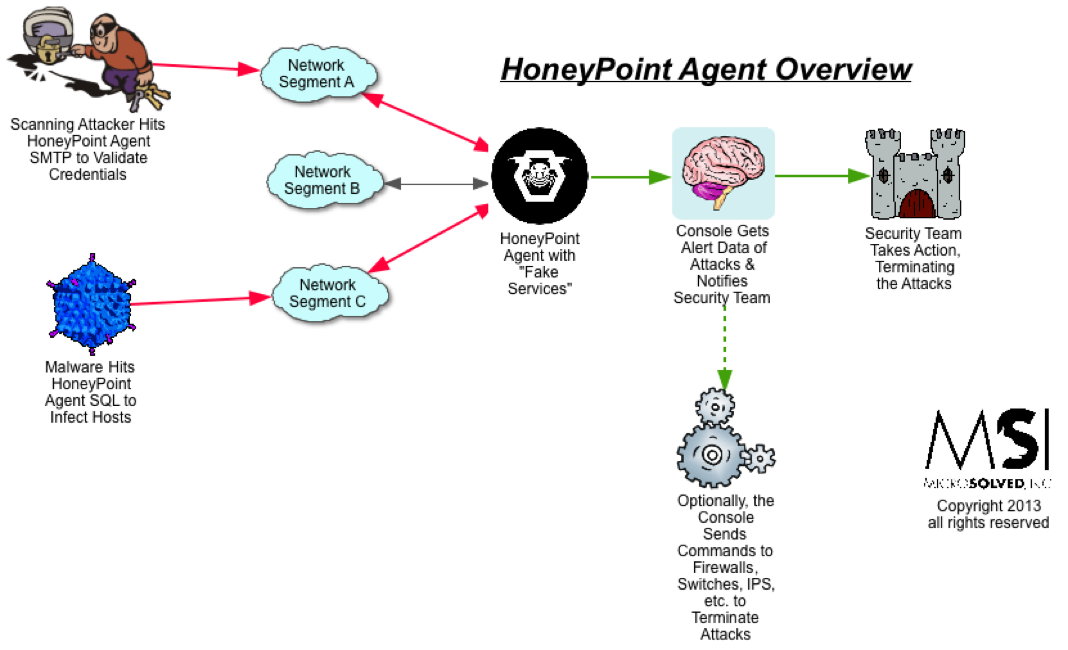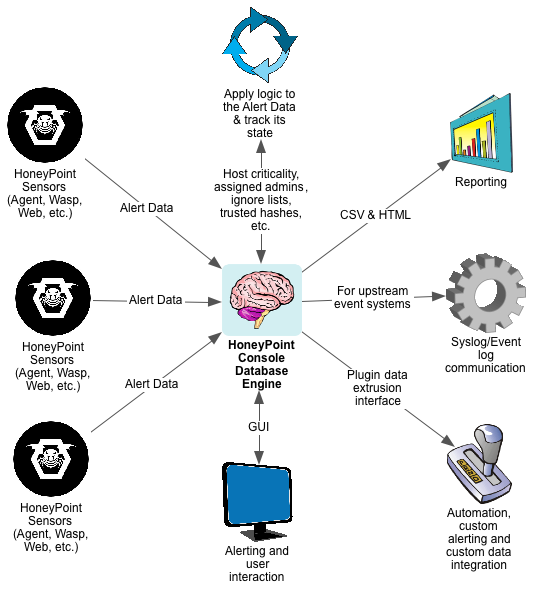What is a Honeypot in Cyber Security?
A honeypot is a security system that creates a fake trap to attract attackers so that organizations can detect and protect against harmful digital activity.
How Does a Honeypot Work?
A honeypot acts as a decoy system or server that is deployed alongside production systems within a network. It is designed to look attractive to attackers by containing vulnerable data, luring them in, and then detecting their attempts, providing organizations with valuable insights into the threats they face.
What Are the Benefits of Using a Honeypot?
Honeypots can provide an organization with real-time information about the threats they face, including the techniques used by attackers and the types of attacks they are targeting. Additionally, honeypots can act as an early warning system by alerting an organization when an attack is detected.
What Are Some Examples of Different Types of Honeypots?
There are different types of honeypots available, such as low-interaction honeypots, which simulate vulnerable services but are not actually connected to networks; high-interaction honeypots, which contain full operating systems; and virtual honeypots, which use virtual machines to simulate the behavior of real systems.
Does MSI Make a Honeypot Product?
We sure do! We have a unique, patented platform for creating, managing, and monitoring distributed honeypots across your environment or in the cloud. You can learn more about it here. To schedule a discussion about the platform and its capabilities, drop us an email or give us a call.




